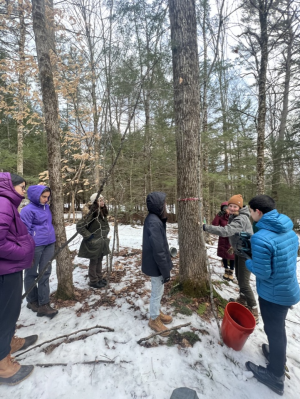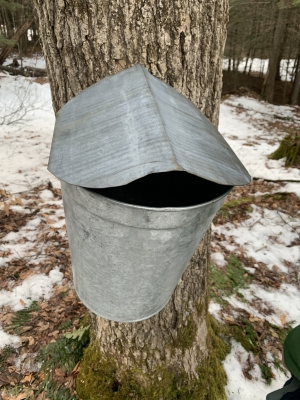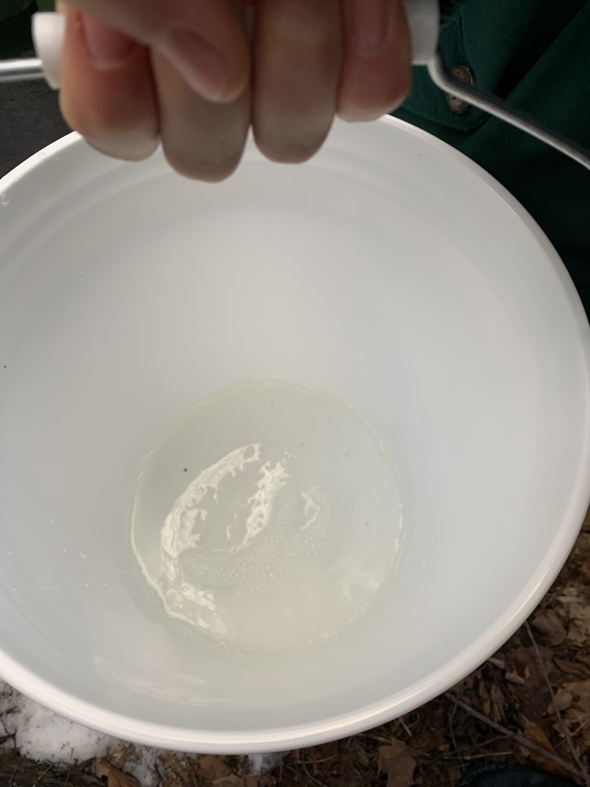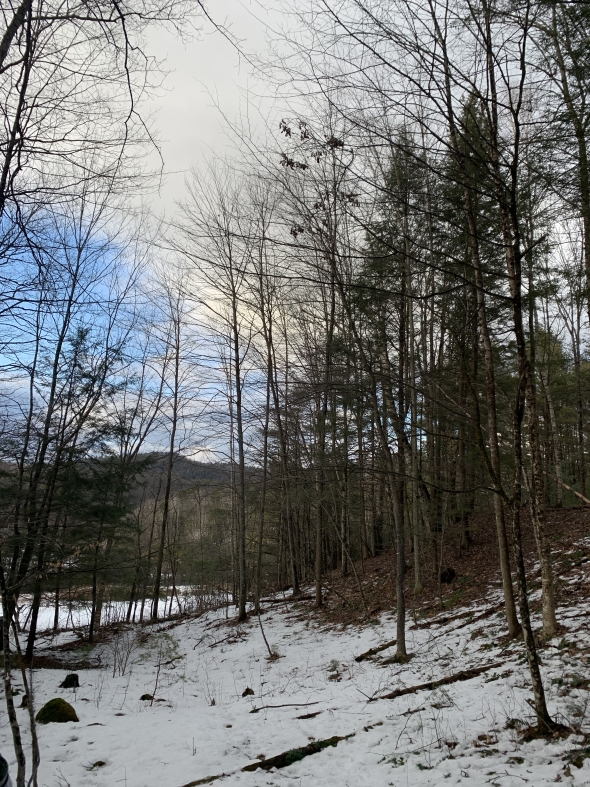
A Peek into Dartmouth's Sugar Bush
Spring in Hanover is defined by strange weather . . . we've gone from snow to sunshine within the past three days. Although I'm impatiently waiting for consistent warm weather, wild temperature swings are perfect for Dartmouth's maple sugaring operation. For context, maple trees store sap in their roots during the winter. Think of this as a tree's hibernation. But as temperatures rise, sap travels to the top of the tree so it can start making leaves. It is during this awkward transition stage in the spring, where there are freezing temperatures at night and mild temperatures during the day, that sap travels up and down the tree—making it suitable for tapping (and eventually becoming maple syrup)!

To learn more about the process, I joined a sugaring trip run by the People of Color in the Outdoors (POCO) and the Native American Department (NAD). We headed over to Dartmouth's very own sugar bush, which is just a ten-minute walk away from the Organic Farm (O-Farm). Laura, who is the Assistant Director of the Sustainability Office, gave us a brief demonstration of how to identify maple trees and helped us gain a greater appreciation for how difficult the sugaring process is (Did you know that it takes 40 gallons of sap to make just 1 gallon of maple syrup?). Laura then walked us through the process of retrieving sap, from drilling a small hole into the tree, to placing a device in the hole, to positioning the bucket to catch all the sap.

Laura sent most of us off, drills in hand, but I was more curious about seeing the sap. A small group of students headed to a section of trees that had been tapped overnight. When I peered inside the bucket, I was surprised to see that the sap was clear, not brown. I was even allowed to taste the sap. It was exactly like water, except for a slight sweet aftertaste. One of the coolest things I learned at the O-Farm was that Dartmouth students can spend their spring break tapping trees. Members of this "Sugar Crew" get to see the entire process from tapping the trees, boiling the sap, processing the syrup, and selling the finished product to campus. They also get to camp out in a cabin and visit other small scale maple sugaring operations.
What makes Dartmouth so special is that you can keep coming to the same places, and still have a completely unique experience. From moving irrigation lines in the summer to painting pumpkins in the fall to sugaring in the spring, I'm constantly learning at the farm.




















